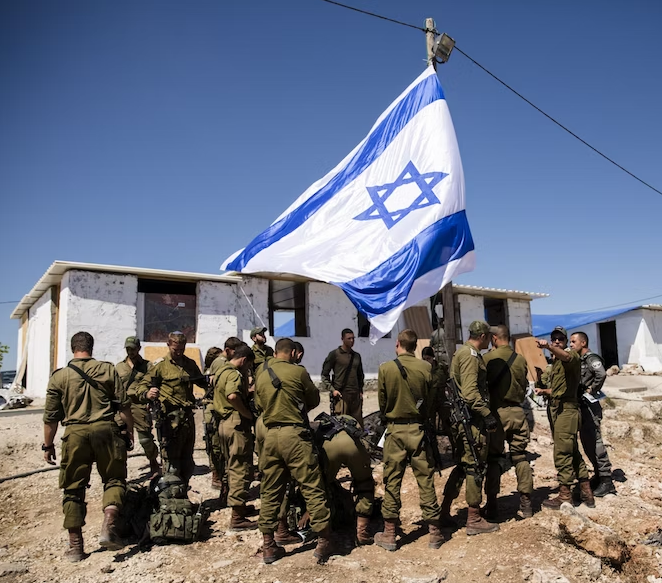What Style Can Defeat Krav Maga?
By Maurice Novoa a master under the Yuen Kay Shan, Ip Man and Pan Nam lineages.
Introduction: Exploring Martial Arts Styles
When it comes to self-defense systems, Krav Maga stands out as a highly effective and practical style, particularly in military and law enforcement contexts. Developed for the Israeli armed forces, this style focuses on real-world scenarios and equips practitioners with techniques to neutralize threats efficiently. However, in unarmed combat situations, Wing Chun emerges as a style with the potential to overcome Krav Maga’s effectiveness.
Understanding Krav Maga: A Military-Oriented System
Before diving into the style that can rival Krav Maga, it is essential to acknowledge its origins and purpose. The style was developed specifically for the Israeli armed forces, with an emphasis on practical self-defense in military and war scenarios. It equips practitioners with techniques to swiftly neutralize threats, using a combination of strikes, kicks, grappling, and vital point targeting. In military combat situations, where weapons are involved, Krav Maga holds a significant advantage due to its integration with armed combat tactics and strategies.
Wing Chun Kung Fu: Unarmed Combat Excellence
While Krav Maga excels in military and armed combat scenarios, Wing Chun presents a formidable challenge in unarmed street fights. Wing Chun, a Chinese martial art, prioritizes efficiency, economy of motion, and close-quarters combat. Its principles and techniques are designed to neutralize opponents quickly, utilizing precise strikes, simultaneous attack and defense, and an emphasis on controlling the centerline.
Wing Chun Kung Fu’s Magnificentes in Unarmed Street Fights
In unarmed street fights, where weapons are not involved, Wing Chun possesses several attributes that can overcome Krav Maga’s effectiveness. Let’s explore these factors:
- Structure and Stability: It places a strong emphasis on developing a stable and well-grounded structure. This enables practitioners to absorb and redirect an opponent’s attacks effectively, maintaining balance and control even under pressure. By utilizing a solid structure, Wing Chun practitioners can withstand Krav Maga’s aggressive strikes while maintaining their own offensive capabilities.
- Centerline Control: A focus on controlling the centerline gives practitioners a strategic advantage. By guarding and manipulating the imaginary line running down the middle of the opponent’s body, Wing Chun practitioners can disrupt the opponent’s balance, exploit openings, and launch precise counterattacks. This centerline control technique can neutralize the aggressiveness of Krav Maga’s attacks.
- Close-Quarters Combat: Excels in close-quarters combat, where fights often occur in tight spaces. Its compact and efficient movements allow practitioners to deliver rapid and devastating strikes with precision. Wing Chun’s emphasis on simultaneous attack and defense enables practitioners to counter Krav Maga’s aggressive approach effectively.
- Sensitivity and Reflexes: These training methods, including Chi Sao (sticky hands) drills, enhance sensitivity, reflexes, and the ability to read and respond to an opponent’s movements. This heightened awareness and sensitivity enable the practitioners to anticipate and neutralize Krav Maga’s attacks effectively.
Conclusion: Wing Chun’s Potential in Unarmed Street Fights
While Krav Maga is designed for military scenarios and armed combat, Wing Chun emerges as a style with the potential to rival its effectiveness in unarmed street fights.
However, it is crucial to note that combat outcomes depend on various factors, including the skill, experience, and mindset of the individuals involved. Additionally, it is important to recognize that Krav Maga’s effectiveness in military war scenarios with weapons is unparalleled due to its design and integration with armed combat strategies.
In conclusion, while no style can claim absolute superiority over Krav Maga in military war scenarios, Wing Chun’s principles and techniques make it a formidable contender in unarmed street fights. By honing their skills in structure, centerline control, close-quarters combat, and sensitivity, Wing Chun practitioners can present a significant challenge to any martial art in situations where weapons are not involved.

